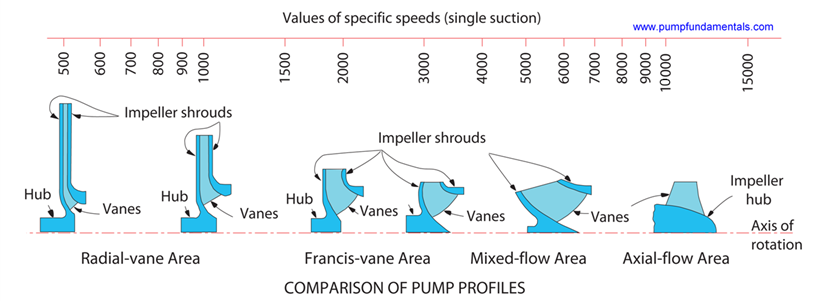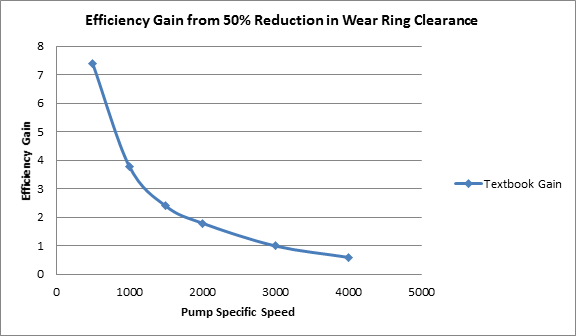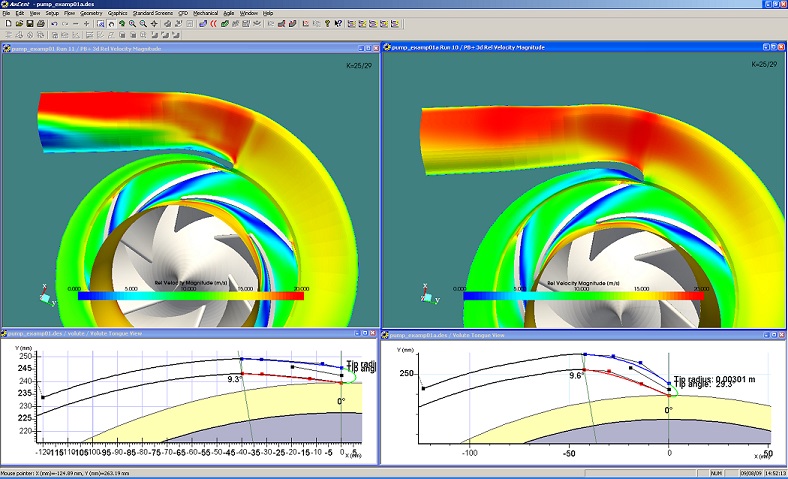Pump efficiency is a fundamental concern for every end user. A thorough understanding of the definition of efficiency and what factors affect it can help operators and engineers optimize equipment design and operation. The five articles listed below are some of Pumps & Systems' most well-read resources that outline efficiency concepts every end user should know.
1. Centrifugal Pump Efficiency—What Is Efficiency?
Efficiency is simply how well a machine can convert one form of energy to another. If one unit of energy is supplied to a machine and its output, in the same units of measure, is one-half unit, its efficiency is 50 percent. As simple as this may seem, it can still get a bit complex because the units used by our English system of measurement can be quite different for each form of energy. Fortunately, the use of constants brings equivalency to these otherwise diverse quantities.
>>Read more.
2. Centrifugal Pump Efficiency—Specific Speed
As Terry Henshaw stated in “Centrifugal Pump Specific Speed”, the definition of specific speed can be confusing. It is best to think of it as an index number that can predict certain pump characteristics. Viewed this way, specific speed can be useful when selecting a pump for a particular application and predicting premature failure due to off best efficiency point (BEP) operation.
>>Read more.

3. The Power of Wear Rings Part Two: Efficiency
For decades, pump designers have known that increasing wear ring clearance leads to a loss of efficiency. However, with metal wear rings, even the minimum clearance as specified by API610 is substantial. Because the clearance cannot be reduced between two metal rings without an increased risk of pump seizure, metal wear rings limit pump efficiency.
>>Read more.

4. Pumps: HP, RPM and Energy Efficiency
Reduced operating speed translates into less bearing wear and longer motor life. Longer pump seal life is achieved and the damaging effects of abrasives in the recirculated water are reduced. Less wear and longer life means a reduction in maintenance costs and system downtime.
>>Read more.
5. Gain Efficiency with Volute Design
The volute serves a simple purpose in radial machinery: to transfer flow from an annular cross section to an exit pipe. Of course, there are many variations on the theme. The process is reversed for turbines, where more than one exit or inlet to the volute may exist, and many other arrangements are possible.
>>Read more.

